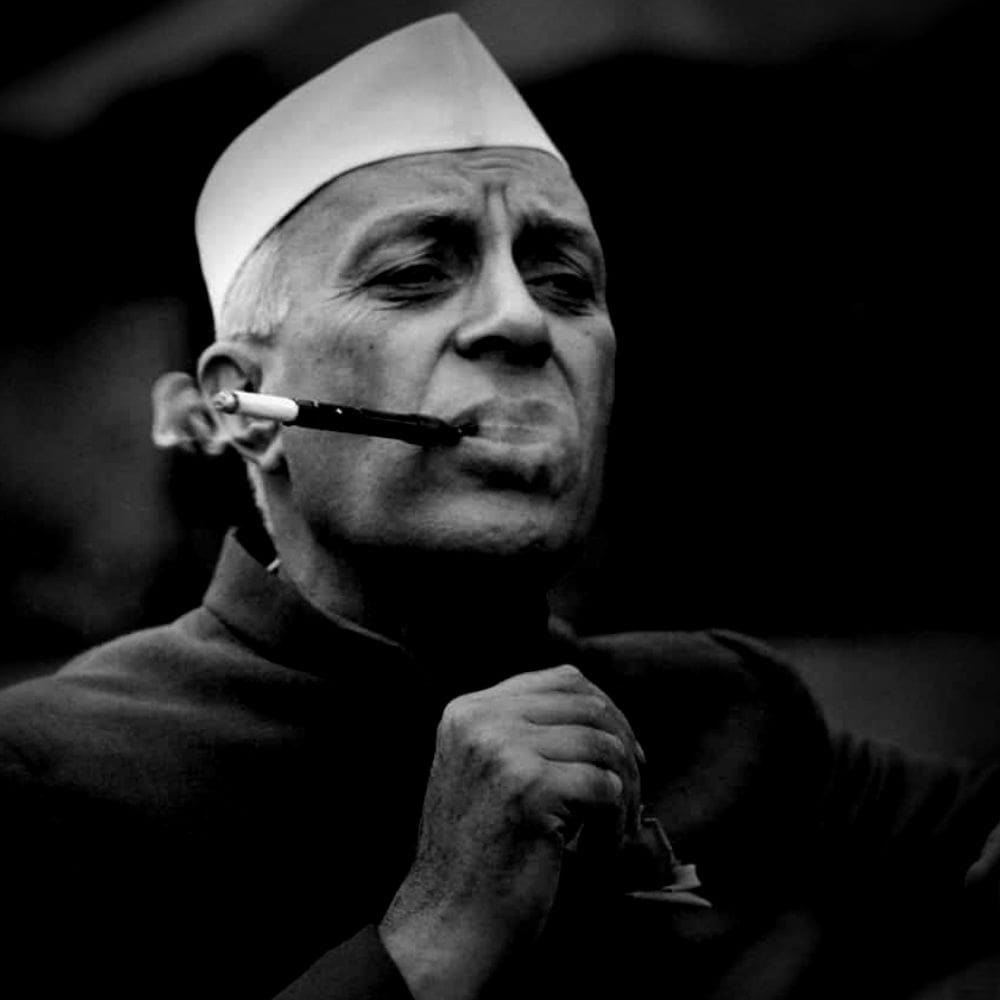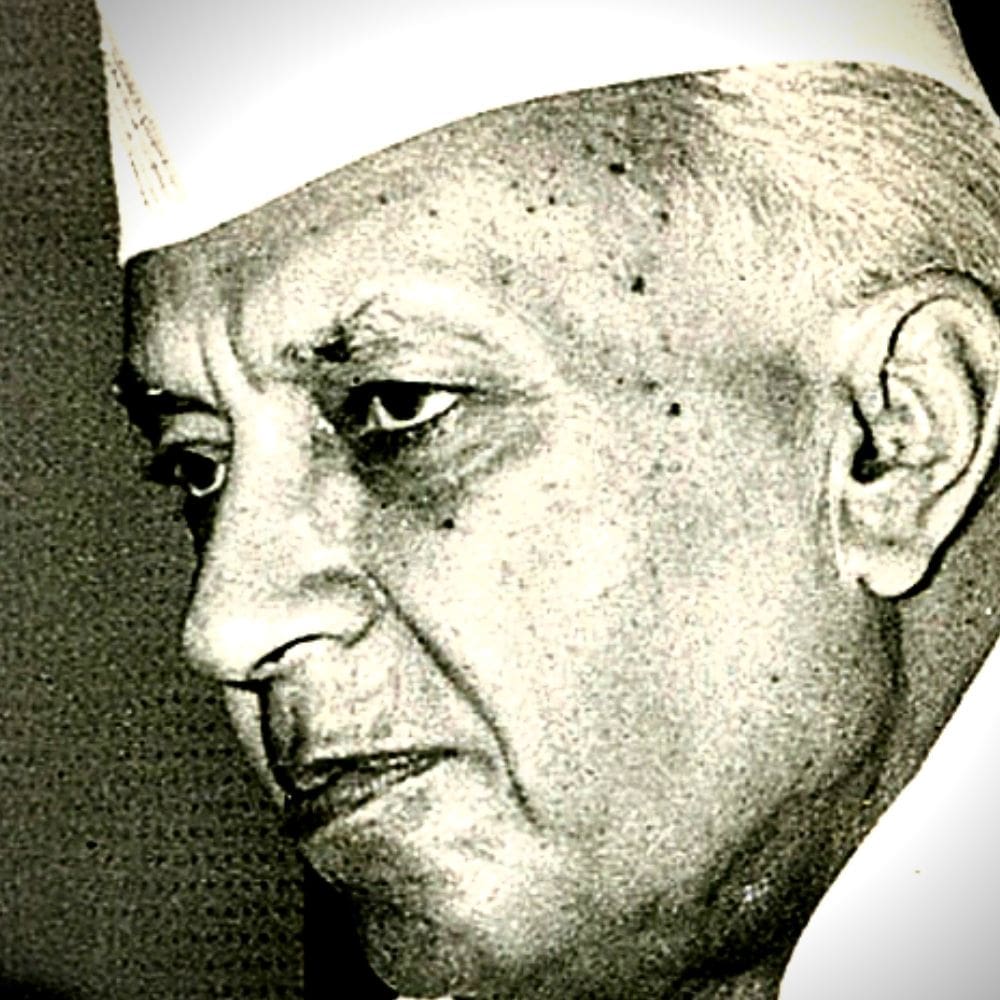‘SICKULARISM’ VS. SOMNATH TEMPLE
(On Junagadh, please read Blunder#31; and on Somnath and Mahmud of Ghazni, please read Blunder#92, 93.)
Somnath Temple is on the shore of the Arabian sea in the coastal town of Somnath at Prabhaspatan near Veraval in Junagadh district in Kathiawar in the Saurashtra region of Gujarat. It is 6km from Veraval, and 80km from Junagadh. It is the most sacred of the twelve Aadi Jyotirlings. The temple is said to have been first built sometime before the common era—BCE. It was destroyed and looted six times: by Junayad, the Arab governor of Sind, in 725 CE; by Mahmud of Ghazni in 1024 CE; by Sultan Allauddin Khilji in 1296 CE; by Muzaffar Shah I, the Sultan of Gujarat, in 1375 CE; by Mahmud Begda, the Sultan of Gujarat in 1451 CE; and by Aurangzeb in 1701 CE. But, each time it was rebuilt.
At the time of liberation of Junagadh in November 1947 (Blunder#31), Sardar Patel also visited the Somnath Temple (located in the Junagadh State), then in a dilapidated condition, and pledged to reconstruct and restore it to its original glory. Gandhi, when advised by Patel of the commitment, suggested the funds for restoration must come from the public—Patel accepted the advice.
The then Education Minister Maulana Azad, under whom the Archaeological Survey of India came, opposed the idea of renovation and suggested that the ruins be handed over to the ASI and preserved in as- is condition. Significantly, he never suggested the same for the Muslim shrines and mosques being repaired by the ASI.
Upon the death of Sardar Patel, the task was taken forward by the cabinet minister KM Munshi. However, Nehru made no bones about his opposition to the project, and made snide remarks, telling Munshi: “I don’t like your trying to restore Somnath. It is Hindu revivalism .”
Cultured and learned Munshi, of course, sent an appropriate and telling reply to Nehru, which included the words:
“It is my faith in the past which has given me the strength to work in the present and to look forward to our future. I cannot value freedom if it deprives us of the Bhagavad Gita or uproots our millions from the faith with which they look upon our temples and thereby destroys the texture of our lives…”
KM Munshi had invited President Dr Rajendra Prasad to attend the inaugural function of the rebuilt Somnath temple in May 1951. Protesting vehemently, Nehru opposed Dr Prasad’s attending the ceremony, and wrote to him:
“I confess that I do not like the idea of your associating yourself with a spectacular opening of the Somnath Temple. This is not merely visiting a temple, which can certainly be done by you or anyone else, but rather participating in a significant function which unfortunately has a number of implications…”
Nehru also wrote to Rajaji on 11 March 1951 in the connection: “I wrote to him [Rajendra Prasad] that while there was obviously no objection to his visiting this temple [Somnath] or any other temple or other places of worship normally, on this particular occasion the inauguration of the temple would have a certain significance and certain implications. Therefore, for my part, I would have preferred if he did not associate himself in this way…”
Implications? Anything Hindu, and it hurt Nehru’s absurd, defective, and self-serving sense of secularism. Of course, anything Muslim, Buddhist, or Christian never mattered for him in a similar way. Dr Rajendra Prasad, of course, attended, and replied: “I would do the same thing [attend inauguration] with a mosque or a church if I were invited… Our State is neither religious nor anti-religious.”
Dr Prasad explained that the significance of Somnath lay in being a symbol of national resistance against invaders. He made an excellent inaugural speech, highlighting, inter alia, that it was the creative urge for civilisational renewal, nurtured in the hearts of the people through centuries that had once again led to the praan-pratishta of the Somnath deity. Somnath was the symbol of economic and spiritual prosperity of ancient India, he said. The rebuilding of Somnath will not be complete till India attains the prosperity of the yesteryear… Such a grand speech! But, at Nehru’s instance, Dr Rajendra Prasad’s speech was blanked out by the official channels.
It is significant that Nehru raised no such tantrums when it came to subsequent restoration of Sanchi or Sarnath, although the same were done through government funds (while Somnath restoration was through public, and not government, funds). Why? They were Buddhist places! Nehru had problems with only Hindu places!



